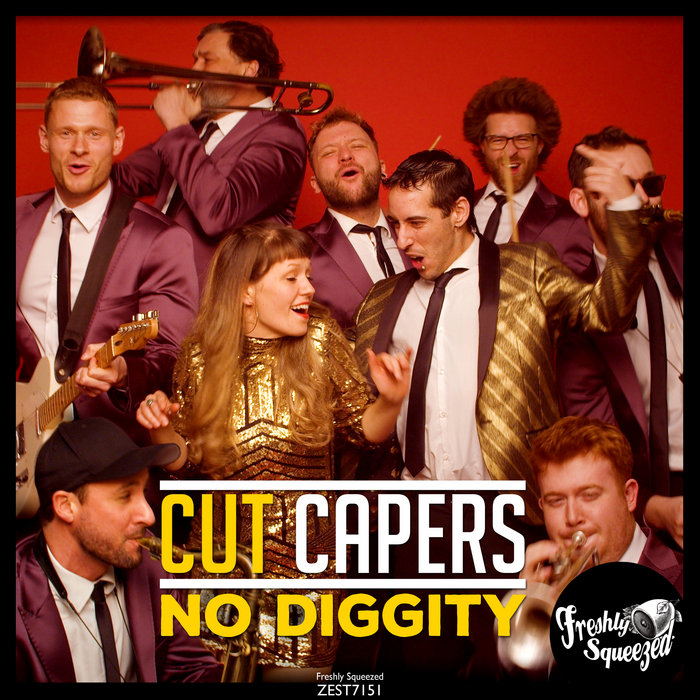
No Diggity – Cut Capers
this blog is GROOVY – check out great Soul, Funk, Jazz, Hip Hop, Bass, Breaks , Reggae, House n many more TUNES
Live music has been a driving force in the rhythm of humanity for centuries. From tribal gatherings around a crackling fire to packed stadiums pulsing with energy, the essence of live performances has evolved but never faded. So let’s take a groovy stroll through this electric history!
Believe it or not, live music isn’t just an invention of modern times. It dates back to ancient cultures where music played crucial roles in rituals and celebrations. Picture this: cavemen strumming on rudimentary instruments while others danced around them, trying to summon rain or celebrate a successful hunt. Yeah, those early musicians were probably dealing with some serious stage fright!
Fast forward to the medieval ages—troubadours would travel from town to town wielding their lutes and ballads like rock stars! They brought news and gossip too, which sounds a lot like today’s pop singers spilling tea in their lyrics.
By the time we hit the 18th century, live performances really started taking shape with concert halls popping up across Europe. Classical composers like Mozart and Beethoven were belting out symphonies that made people swoon—and maybe even faint! Can you imagine someone passing out during your gig? Talk about pressure when you’re fine-tuning that grand finale!
And here’s something funny: Beethoven was known for being hard-of-hearing later in life, yet he still conducted full orchestras! He had his own version of vibrations going on—proving that true passion knows no barriers.
Enter the roaring twenties! With jazz clubs cropping up everywhere—from New Orleans’ vibrant streets to smoky Chicago bars—musicians took center stage as icons rose from obscurity overnight. Louis Armstrong transformed trumpeting into an art form while Duke Ellington painted melodies so smooth they could charm anyone off their feet.
One quirky little fact is that jazz musicians often faced challenges keeping audiences engaged; sometimes they’d play tunes so fast patrons couldn’t even dance properly! Imagine trying to keep up with flappers doing the Charleston at lightning speed—that’s one wild party!
The fifties rocked hard (pun intended). Elvis Presley shook his hips onto stages across America and created quite a stir—much to parents’ chagrin! Fascinatingly enough, some fans thought Elvis was possessed by “the devil” because of how he moved… talk about taking your performance style seriously!
Meanwhile, Chuck Berry perfected duck walks on stage—a truly fascinating sight for an audience witnessing guitar genius meet choreography head-on. And who knew? He loved playing basketball in his spare time but insisted all band members get ready before every show… just in case they needed spontaneous subs mid-jam session!
Now let’s groove into the sixties—the era where festivals exploded onto scenes worldwide! Think Woodstock 1969—a gathering of peace-loving hippies jamming under muddy skies alongside legends like Jimi Hendrix and Janis Joplin delivering unforgettable sets.
A fun tidbit? Some performers showed up expecting intimate crowds only to find themselves playing for hundreds of thousands instead—not suitable prep advice for opening acts anywhere nowadays unless you’re aiming for epic goofs! P.S.: Did you know Hendrix famously lit his guitar on fire after performing “Wild Thing”? Now that’s what I call leaving it all onstage.
As we cruised into the late seventies through eighties punk explosion—the sound shifted dramatically again.All about raw energy mixed with rebellion against norms; bands thrived off spontaneity (and chaos)! Who can forget shows flooding venues filled attendees ready-to-mosh?
In fact during one notorious gig by an early punk rock group named ‘The Sex Pistols’, there were more brawls happening than actual musical notes played—it became legendary without needing polished performances whatsoever!
With MTV rising during our favorite decade—the nineties marked incredible shifts toward visual representation along artistic expression via videos galore.Perhaps bizarre parallels emerged between fashion statements made famous by performers akin Spice Girls getting matchy-matchy outfits compared Nirvana promoting grunge aesthetics dominating charts.Oh yes – matching outfits defined eras differently didn’t they?!
Did anyone else notice how oddly charming Michael Jackson moonwalked while also turning heads everywhere he went? Given its staying power—it deserves applause indeed…
Zooming ahead towards current-day touring schedules mixing streaming capabilities versus original setups opens new roads once unimagined.Have folks recognized livestream concerts developed over lockdown periods – providing artists unique opportunities reach audiences further away than ever before—and giving couch potatoes perfect excuses not dress up regularly?
Finally don’t forget quirks these days include front-row fan selfies taken right smack dab middle set locations endless tweets influencing nightly setlists… Hey why not ask followers directly if openers okay bringing dogs next time?! Who wouldn’t want puppies warming mosh pits?
So there you have it folks —live music remains alive & kicking thanks transformations throughout years ensuring excitement never dies down.Let us continue celebrating memories made together under starlit skies beats thumping hearts pumping making laughter explode within crowds . Next gig might just lead somewhere unexpected , wouldn’t it ?